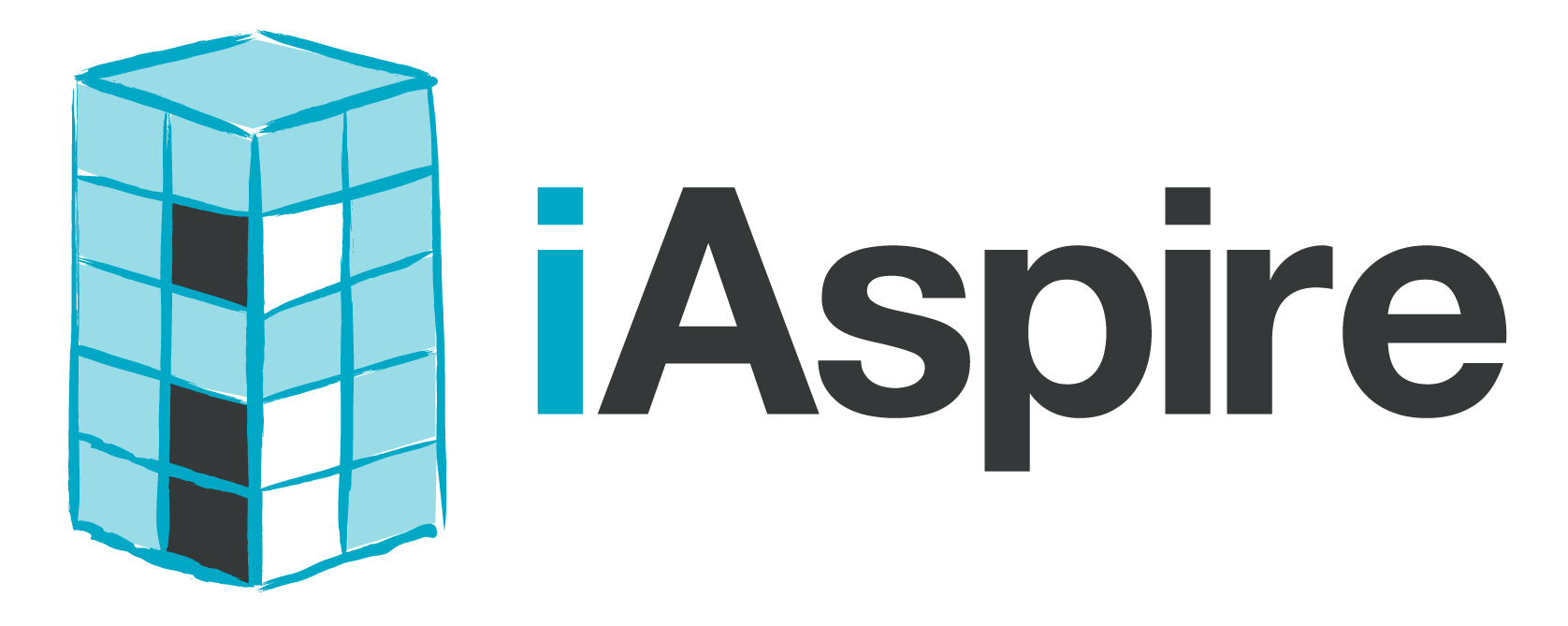Impacts and Trends from the 19-20 School Year (so far) | Part 1 - Process
The new version of iAspire was launched during the 19-20 school year, and the response has been amazing! Not only are principals, Heads of Department, and coaches able to provide meaningful feedback, they are able to view data insights and determine the impact of the work they are doing to help develop and engage their teachers. This then has a direct impact on students. There is no greater work than this!
One of the biggest features of the new version of iAspire is the Intelligent Assistant. After an on-boarding conversation with new organizations, we train the iAspire Intelligent Assistant to send prompts to people throughout their organization when it’s time to do something per their process. This could include:
Prompts to teachers to start a self reflection
Prompts to observers when it’s time to complete an observation along with a link to launch that specific observation
Reminders when your due date is approaching
We were excited to break down the data and determine how effective this new process is for educators, and we’re thrilled with the results:
Organizations increased the number of classroom visits by 20.76% when being prompted to observe!
While it’s not just about the numbers - the quality of feedback is even more important than the raw number - this data shows that observers were in the classrooms more often and provided feedback more frequently when being prompted to complete their observations. During these observations, the observer is able to mark specific indicators in their teacher evaluation frameworks as Star Performance and/or Growth Opportunities to allow them to see data trends and identify strengths and needed professional development.
A few specific highlights are below:
One organization that has complex observation processes based on the teachers’ tenure, department, and performance increased classroom visits by 445%. Their observers receive prompts to complete the specific observations for each teacher at the right time, reducing the cognitive load of remembering which type of observation to complete for each of their teachers and when it needs to be completed.
One organization previously allowed each of their 15 schools to choose their own teacher observation processes and forms (each school was required to use one common form, but the rest were up to each school). This resulted in a lack of consistency across the schools with tremendous disparity in the growth opportunities for their teachers. After centralizing the processes and forms, classroom visits for observations increased by 91.56%.
One organization that is completely impromptu for classroom walkthroughs increased feedback provided by 46.67% by receiving occasional reminders to visit their classrooms.
To what do we owe such a big gain in the number of classroom visits?
Better understanding of each organizations’ intended processes at the beginning of the school year
Observation prompts/reminders sent per your process
Better communication, participation, and workflows in the system
A shift in thinking to better support teacher development as opposed to solely providing observer feedback
More visible insights, which leads to more data being collected through observations
"iAspire has helped our team see areas of development within our schools. Our program operates remotely and coaches teachers on blended-learning instruction and blended-learning coaching. Having iAspire allows us to have touch points within our partner schools. New features allow us to see the areas of growth and development within our partner schools. We have been impressed with the responsiveness of the iAspire team and their willingness to customize the program for our needs."
- Kourtney B., Assistant Director Blended Learning Alliance for Catholic Education - University of Notre Dame
Next time we’ll take a look at the specific indicators that were most frequently marked as Star Performance (strengths) and Growth Opportunities. For the Growth Opportunities, we’ll also dig into what research suggests teachers can do to increase their performance in these areas.
